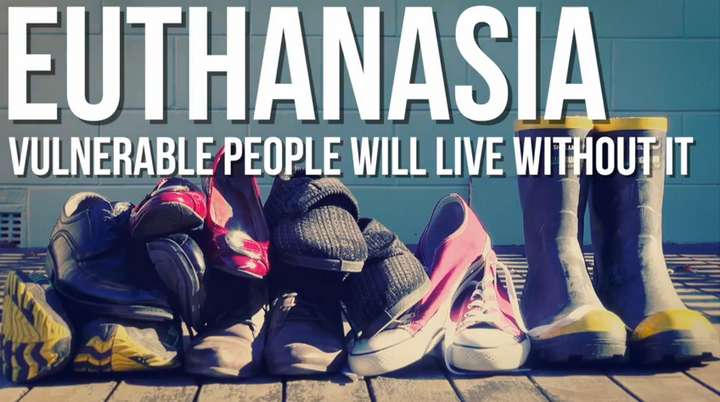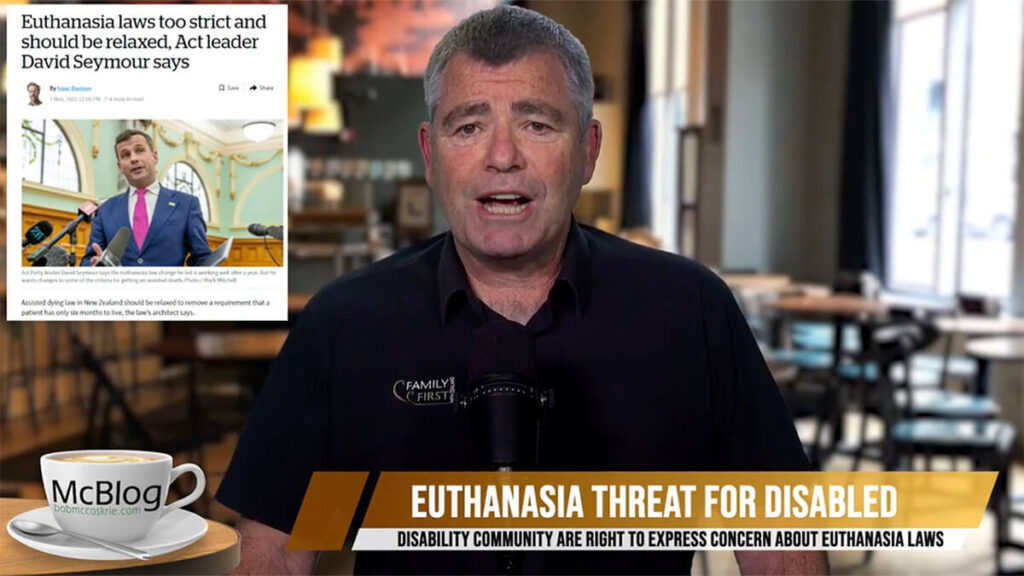
So what happens when you combine disability, cost and euthanasia. You only need to look at Canada to see where we may be headed, and the real threat to disabled people.

So what happens when you combine disability, cost and euthanasia. You only need to look at Canada to see where we may be headed, and the real threat to disabled people.
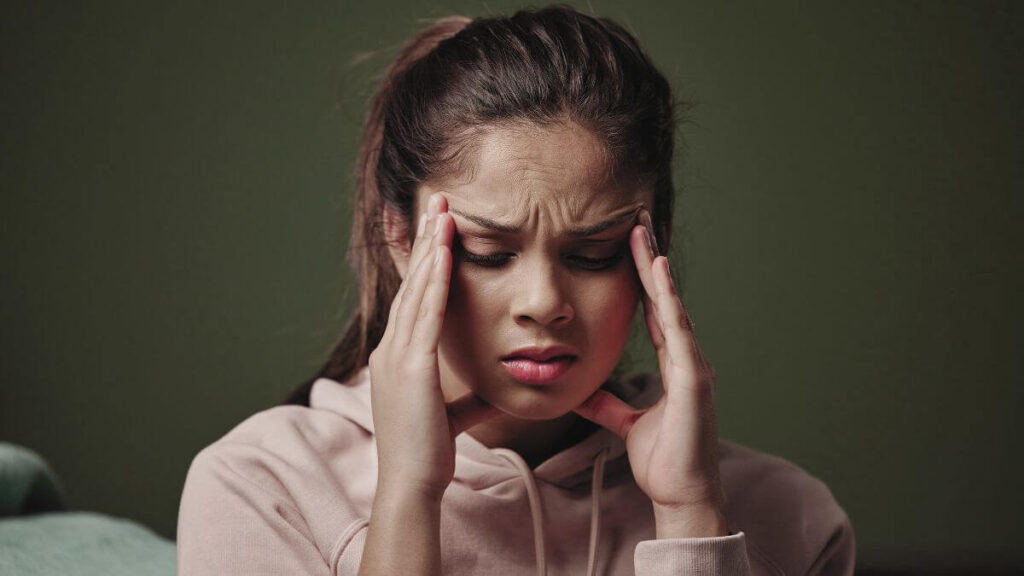
An expansion of the criteria for medically assisted death comes into force in March 2024 will allow Canadians like Pauli, aged 47, who battles anorexia and whose sole underlying condition is mental illness, to choose medically assisted death.
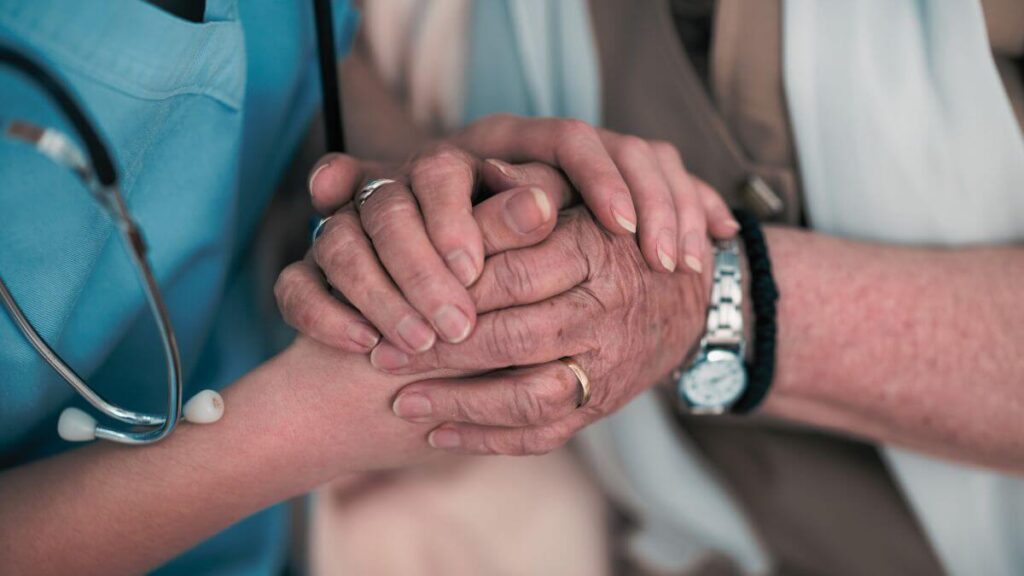
Patients who request assisted dying are at a higher risk of suicidal thoughts, Dr Cheung told a GP CME audience in Rotorua last month. The time following a declined assisted dying application is one of heightened mental health risk, says the psychiatrist and University of Auckland senior lecturer.

On TVNZ Q&A over the weekend, they featured the euthanasia issue which comes into law in a week. But rather than speaking to both sides of the debate – oh no – they just sought out the one and only one Hospice in the whole of New Zealand that was allowing assisted suicide on their premises. That’s what TVNZ call ‘balance’ 🙁
The head of the Hospice said “We believe that each of our patients is a unique human being, a unique individual, and as such they should be free to make the choices that are fight for them because we deliver patient-centred care where our approach is that the patient is always the driver of their own journey, we don’t conscientiously object.”
https://www.1news.co.nz/2021/10/30/auckland-hospice-prepares-for-assisted-dying/
But what if the patient is not free to choose? What if there is coercion? What if the patient is vulnerable and simply needs reassurance and support?
Here’s the definition of PALLIATIVE CARE which Hospice NZ uses. It is
“active total care… for people whose illness is no longer curable, the goal is around providing quality of life, managing pain and symptoms to enable people to live every moment in whatever way is important to them.”
Killing a patient doesn’t fit that definition.
Learn more about the law here …
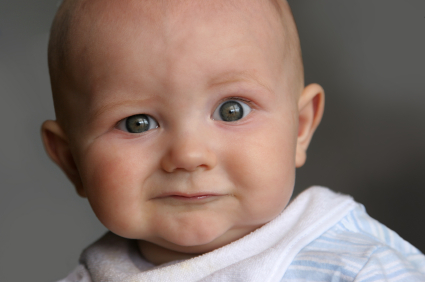
In 2003, the Death with Dignity Bill would have legalised euthanasia by allowing people who are incurably and terminally ill to request and receive medical assistance to end their lives. The bill was defeated, fortunately.
The MPs below were in the House and voted against the bill in 2003.
Nothing has changed since then, except that palliative care and pain management has improved significantly as medical knowledge has increased.
Why are these MPs now voting FOR David Seymour’s euthanasia bill (based on their 2nd Reading vote).
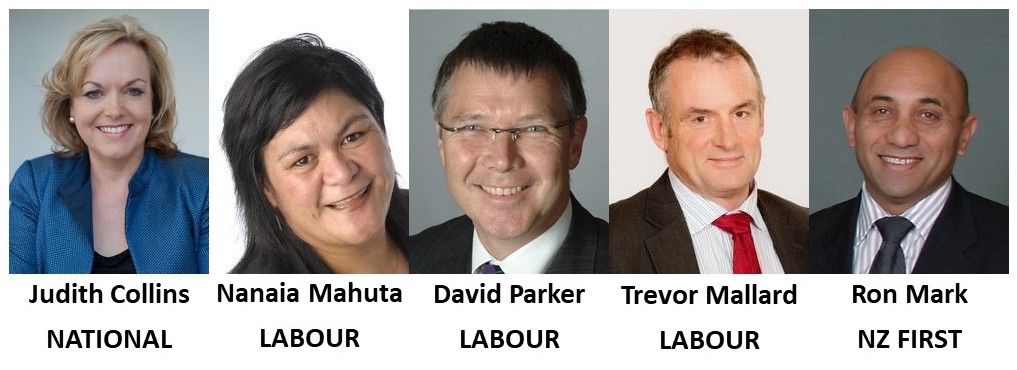
They should vote NO.
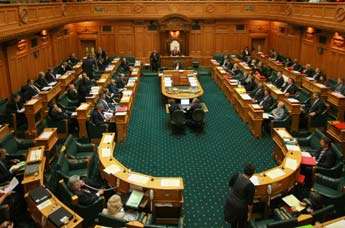
NATIONAL
Amy Adams, Paula Bennett, Chris Bishop, Matt Doocey, Andrew Falloon, Nathan Guy, Harete Hipango, Brett Hudson, Nikki Kaye, Matt King, Barbara Kuriger, Mark Mitchell, Scott Simpson, Stuart Smith, Erica Stanford, Anne Tolley, Tim van de Molen, Hamish Walker, Jian Yang
LABOUR
Kiri Allan, Ginny Andersen, Jacinda Ardern, Tamati Coffey, Liz Craig, Clare Curran, Kelvin Davis, Ruth Dyson, Paul Eagle, Kris Faafoi, Peeni Henare, Chris Hipkins, Raymond Huo, Willie Jackson, Iain Lees-Galloway, Andrew Little, Marja Lubeck, Jo Luxton, Nanaia Mahuta, Trevor Mallard, Kieran McAnulty, Stuart Nash, Greg O’Connor, David Parker, Willow-Jean Prime, Priyanca Radhakrishnan, Grant Robertson, Adrian Rurawhe, Deborah Russell, Carmel Sepuloni, Jan Tinetti, Louisa Wall, Angie Warren-Clark, Duncan Webb, Meka Whaitiri, Michael Wood, Megan Woods
NZ FIRST
Darroch Ball, Shane Jones, Jenny Marcroft, Ron Mark, Tracey Martin, Clayton Mitchell, Mark Patterson, Winston Peters, Fletcher Tabuteau
GREENS
Marama Davidson, Julie Anne Genter, Golriz Ghahraman, Gareth Hughes, Jan Logie, Eugenie Sage, James Shaw, Chloe Swarbrick
ACT
David Seymour
INDEPENDENT
Jami-Lee Ross
